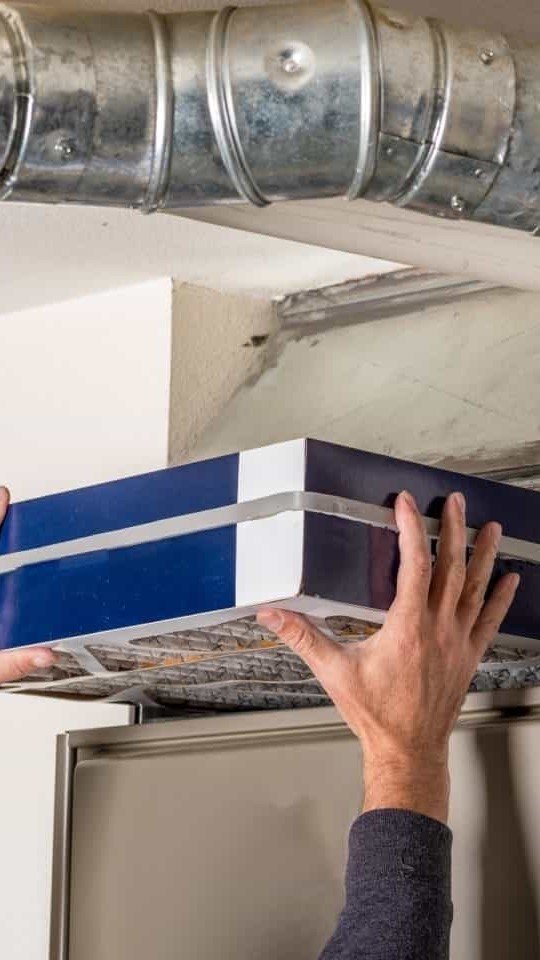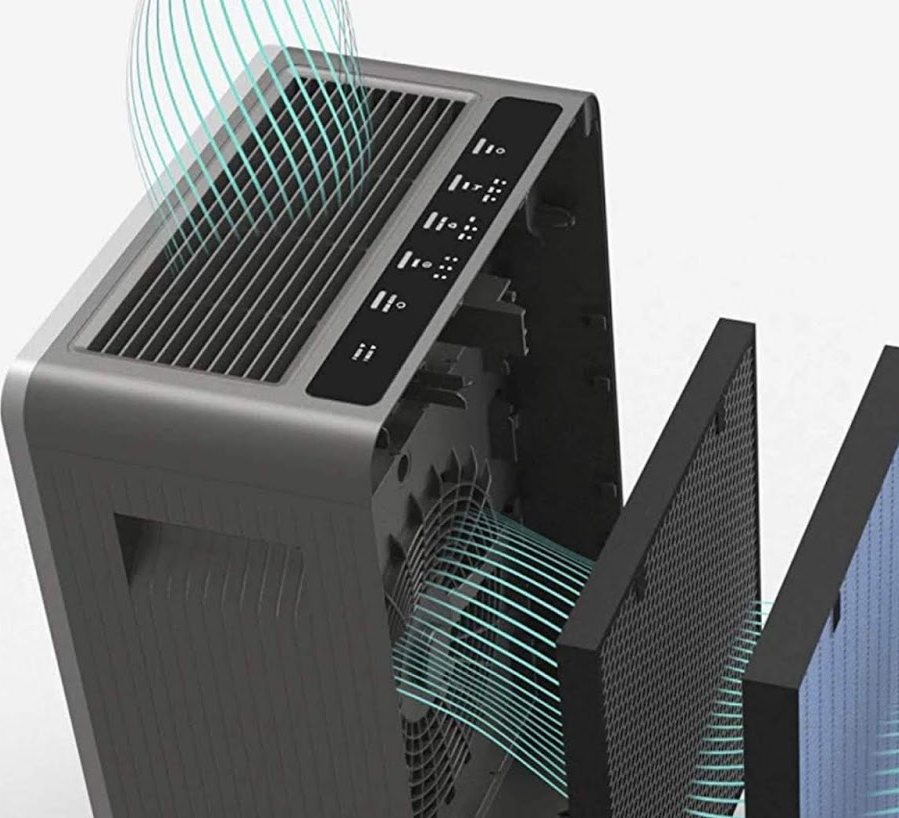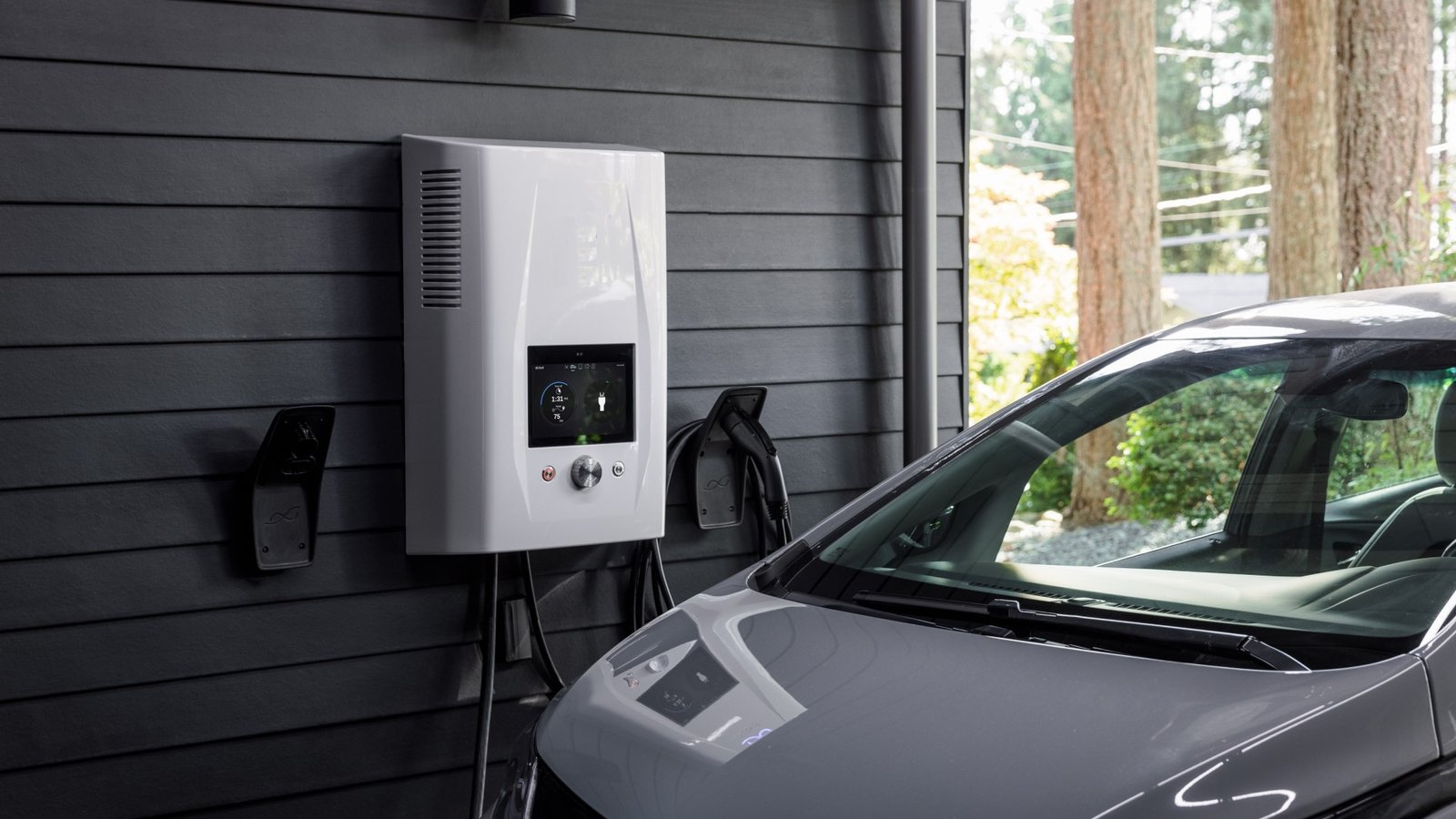
Air filters are designed to remove pollutants from the air. They are typically used in conjunction with an HVAC system to improve indoor air quality. Now, good quality air can mean different things to different people and stakeholders. Kelvin Consulting is here to help you with this overview guide.
There are many different types of HVAC air cleaning technologies available, each with its own advantages and disadvantages. Some of the most common types include:
- MERV rated air filters: MERV stands for Minimum Efficiency Reporting Value which is a rating system for air filters developed by ASHRAE. A MERV rating of 16 or lower are considered HVAC system grade filters. Filters that are MERV 17 to 20 are traditionally used in clean rooms, surgical operating rooms, and other environments that demand the highest level of cleanliness. This is a great breakdown of the MERV rating system by Grainger.
- Electrostatic air filters: These filters use an electric charge to attract and trap pollutants. They are more effective than mechanical filters at removing smaller particles, but they can be more expensive to purchase and maintain. Although electrostatic filters do help remove dust and other pollutants in the air, they’re not as effective at battling allergies as other filters. Expect to have to clean these monthly.
- HEPA filters: These filters are the most effective at removing pollutants, including viruses and bacteria. They are often used in hospitals and other healthcare settings. The acronym HEPA generally stands for ‘High-Efficiency Particulate Air’. They have exceeded the ASHRAE test protocol 52.2 and hence they’re normally not MERV rated. ASHRAE test protocol 52.2 is a lab testing method used to measure the performance of air cleaning equipment. HEPA filters are extremely efficient at removing bacteria, viruses, and mold. High-quality HEPA filters can capture up to 99.9% of particles as small as 1 µm. This includes aerosolized particles. A MERV 13 filter target from 0.3 µm or larger particles, while HEPA filters attack smaller than 0.3 µm; You could think of that as the transition point.
When you’ve decided on how you want to filter, you should consult with a professional since upgrading your filter system can add significant resistance to the airflow on your system. An upgrade to the fan system/s might be needed. This can lead to larger power draw. It’s also worth looking into other air cleaning technologies. UVGI and Bipolar Ionization are great complimentary systems.
ASHRAE offers great resources to learn more about filtration and disinfection.
Regardless of where you are in your filter system research, feel free to reach out to us for more information specific to your application.



continue reading


